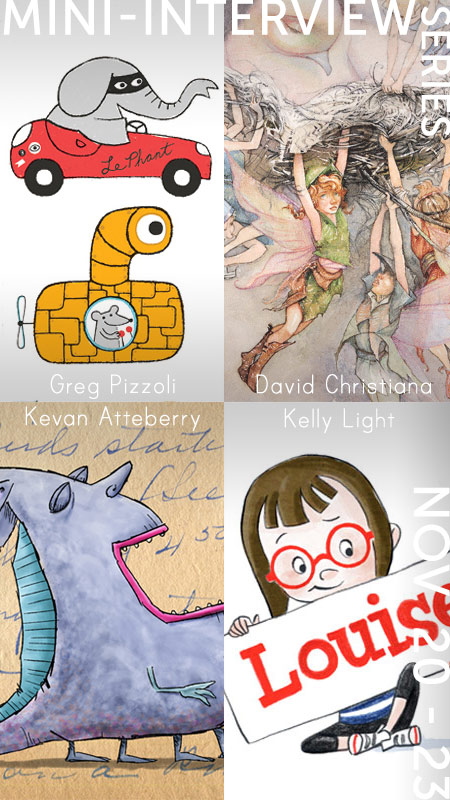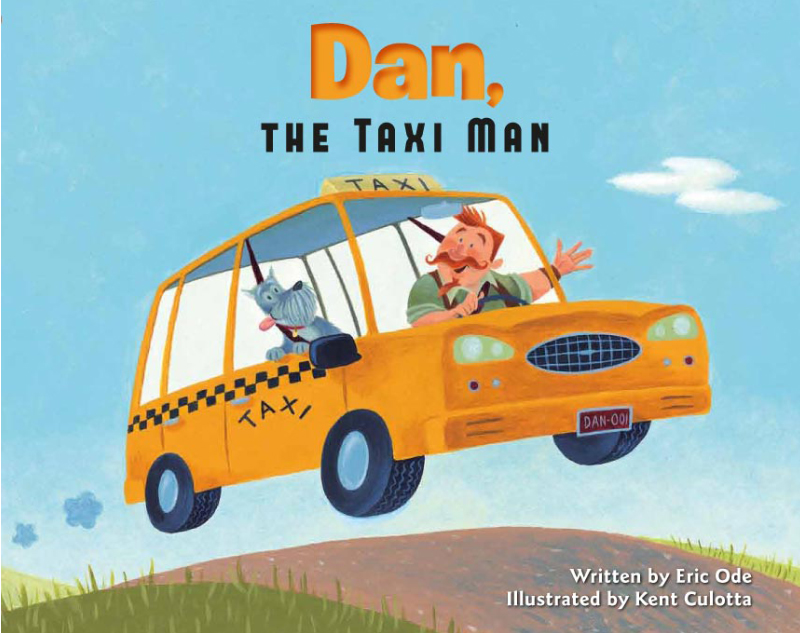When I was in college and trying to figure out this whole "what-do-you-want-to-be-when-you-grow-up?" thing, I had a vague idea of becoming an illustrator. I didn't really know what that meant or how it differed from fine art, I just knew I wanted to tell stories visually. And get paid for it. One day while browsing a bookstore I came across I Am the Mummy Heb-Nefert by Eve Bunting and illustrated by David Christiana. When I saw this lavish, strange, surreal art I knew it. I want to do this. If this is illustration, sign me up. The deal with David Christiana is that he creates the kind of art that you stick your nose up against, to soak in every detail, to try and extract his process and method. I bought this book and later shared it with a friend when I went on to pursue illustration. I repeatedly jabbed my index finger against the pages, demanding my friend tell me how he thought these illustrations were rendered. He was not much help. So now, some years later, I've decided to go to the source. When I asked (pleaded) with Mr. Christiana for an interview I was astonished rendered speechless when he so eloquently agreed. I am so happy to share this with you, just as I am so happy that I've figured out what I want to be when I grow up.
Describe yourself in five words:
Water Dreams of Skipping Stone!
Now, please tell us how you got started in picture book illustration (in more than five words)...
The picture book was the first art form with which I fell in love. I've always made marks of one kind or another. Making things out of whatever was on hand (pencil and paper, pieces of wood, paint, stones and mortar). There's just something so satisfying about creating one thing out of another. It's like low-grade alchemy. Maybe not so low-grade....
If you had to describe your work in terms of your artistic influences, you would say it is...
A dance between instrument and surface, an imagined audience and myself, ongoing doodlebuggery.
Of the six fundamentals of 2D design (line, shape, volume, perspective, shading,
and color):
Which is your greatest strength?
line - everything else is just embellishment.
Which poses your greatest challenge?
line
Given that illustration is different than many day to day jobs, how to you manage your time and maintain a daily routine?
I seemed to be a better manager of time and maintaining a daily routine when I was younger. Or perhaps it's just that there are so many distractions today. I do still have a day job. I teach at University of Arizona and often in Orvieto Italy. What seems important is to chip away at ever bigger challenges and try to surprise myself, whether it's a colossal painting, a condensed little piece, building a wall, stewarding a small piece of earth.
What’s the best piece of career advice you’ve been given as an illustrator?
The problem with most artists isn't that they aim to high and fail, it's that they aim too low and succeed.
What new projects have you got coming down the pike?
I have a number of unfinished book projects that inhabit my studio. I also have a body of drawings, paintings about the skin, bone and breath of a part of northeastern Arizona that I hope to complete next year as part of an Artist Residency with the Museum of Northern Arizona. There's also this rock wall that I've become somewhat obsessed by...
What book that you have completed were you most proud of and why?
The book I'm most proud of is the one I have yet to complete. Generally, I don't see any of my books as a completely satisfactory work. I do love illustrations from different books for a myriad of reasons. For example Tarabethia from POPPY'S PUPPET.


















